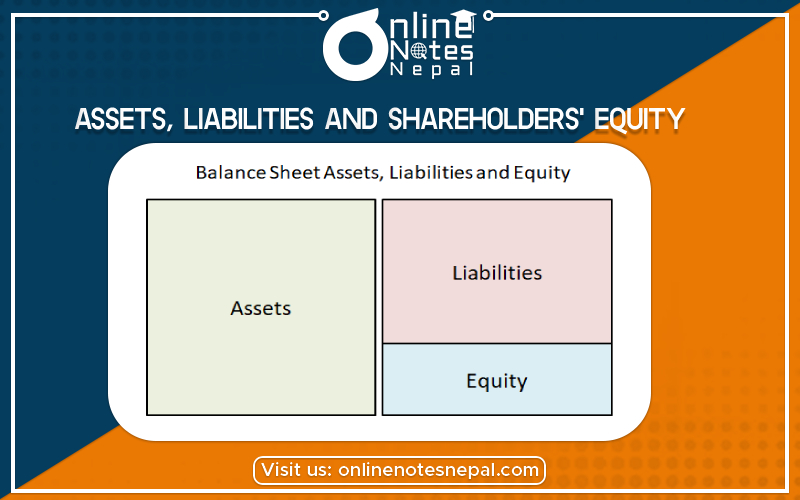Published by: Sujan
Published date: 14 Jun 2021

Within the assets segment, accounts are listed from top to bottom in order of their liquidity that is, the ease with which they can be converted into cash. They are divided into current assets, which can be converted to cash in one year or less; and non-current or long-term assets, which cannot.
Here is the general order of accounts within current assets:
Long-term assets include the following:
Liabilities are the money that a company owes to outside parties, from bills it has to pay to suppliers to interest on bonds it has issued to creditors to rent, utilities and salaries. Current liabilities are those that are due within one year and are listed in order of their due date. Long-term liabilities are due at any point after one year.
Current liabilities accounts might include:
Long-term liabilities can include:
Shareholders’ equity is the money attributable to business owners, meaning its shareholders. It is also known as “net assets,” since it is equivalent to the total assets of a company minus its liabilities, that is, the debt it owes to non-shareholders.
Retained earnings are the net earnings a company either reinvests in the business or use to pay off debt; the rest is distributed to shareholders in the form of dividends.
Treasury stock is the stock a company has repurchased. It can be sold at a later date to raise cash or reserved to repel a hostile takeover.